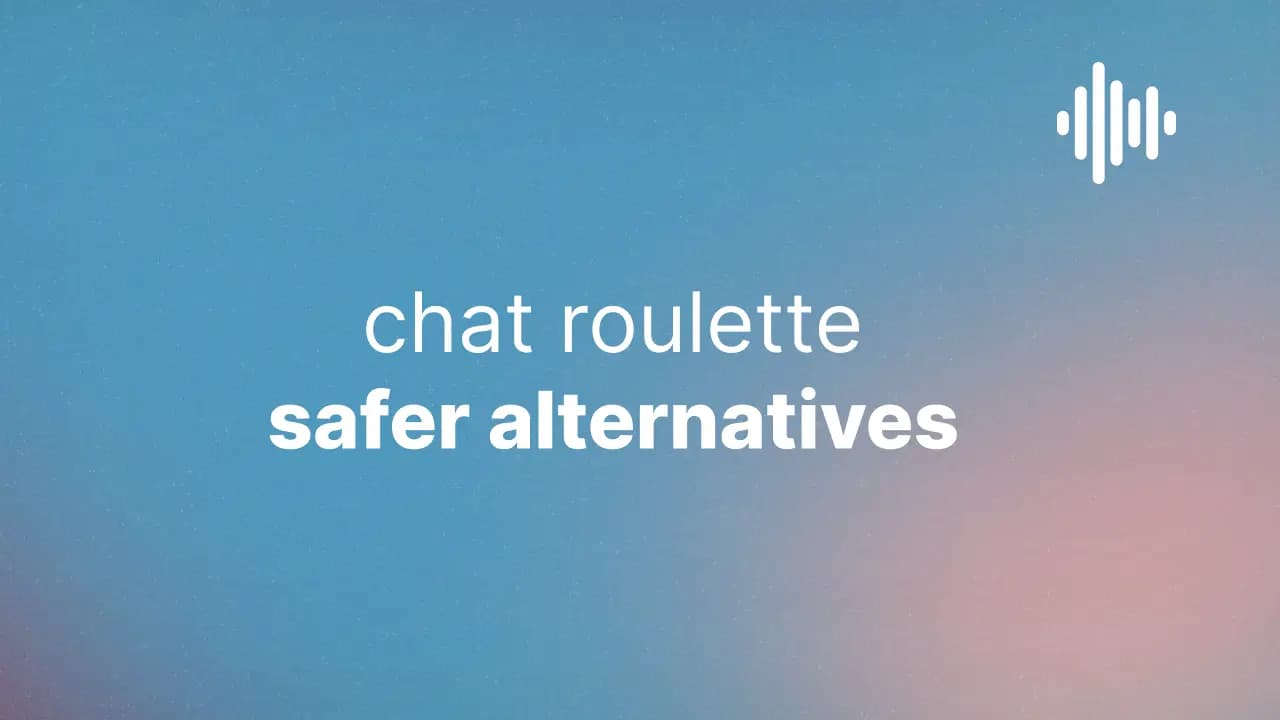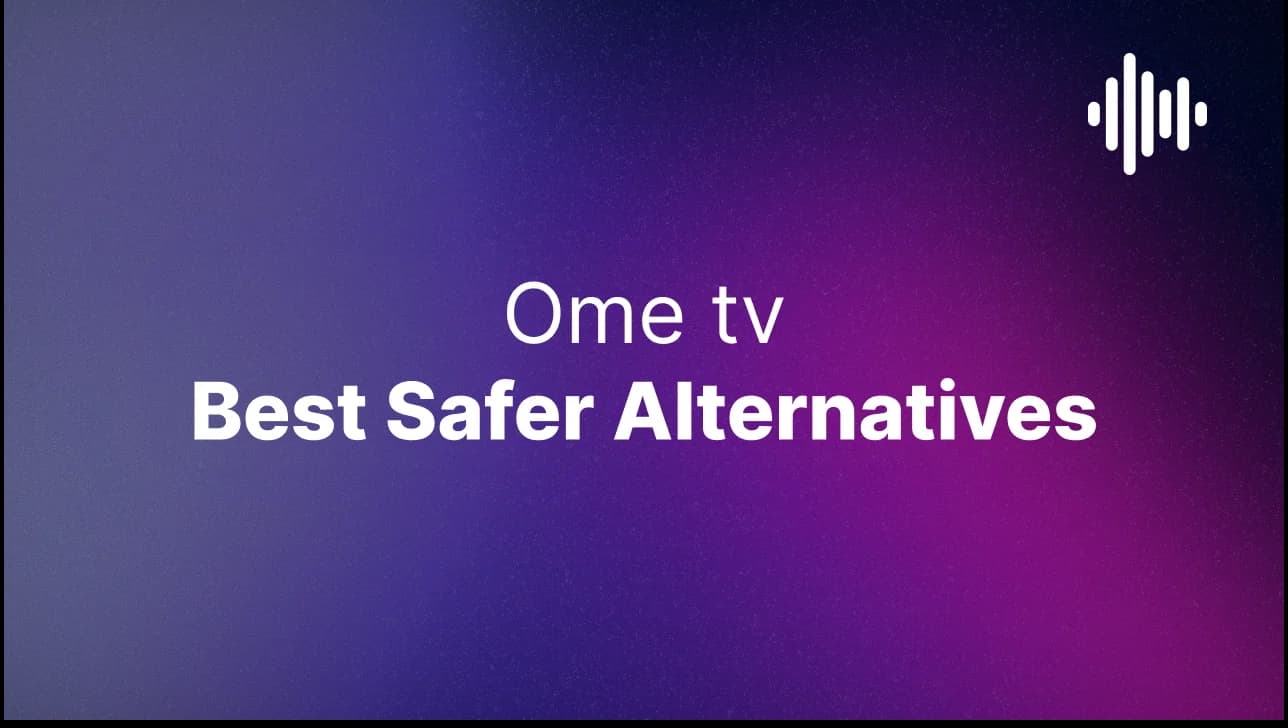Summary
Whisperly's origin story reveals the broken state of voice chat apps and our mission to create a safe, anonymous platform for genuine human connection. This comprehensive analysis explores the problems plaguing traditional voice chat platforms and how Whisperly addresses each issue systematically. Key topics: Detailed analysis of inappropriate behavior and poor moderation in existing platforms, Whisperly's four core features (Anonymous & Safe, Voice-Only, Active Moderation, Late-Night Friendly), and the philosophy behind voice-only design. Technical insights: How removing video eliminates appearance anxiety and performance pressure, the importance of late-night accessibility for insomniacs and night shift workers, and the future of voice-first social platforms. Target audience: Anyone frustrated with existing voice chat platforms, privacy-conscious users, late-night socializers, and those seeking genuine human connection online.
Voice chat apps are broken. We built Whisperly to fix them.
Most "talk to strangers" apps promise connection but deliver chaos. We got tired of it, so we built something different.
Curious how voice-only changes the game? Read our guide to connecting by voice with strangers—why it's growing and how to do it safely.
The Problem with Voice Chat Apps
Traditional voice chat platforms are plagued with issues that make genuine connection nearly impossible. Users often encounter inappropriate behavior, lack of moderation, and poor user experience that drives away those seeking meaningful conversations.
Our Solution: Whisperly
We created Whisperly to provide a safe, anonymous voice chat experience that focuses on real human connection. Our platform emphasizes privacy, safety, and genuine conversations without the distractions and risks of other apps.
Key Features That Set Us Apart
- Anonymous & Safe: Complete privacy with no personal information required
- Voice-Only: Focus on genuine conversation without visual distractions
- Active Moderation: Community guidelines and safety measures
- Late-Night Friendly: Perfect for insomniacs and night owls
Why Voice-Only Matters
By removing video, we eliminate many of the issues that plague other platforms. Users can focus on what matters most: the conversation itself. This creates a more intimate, authentic experience that fosters genuine connections.
Building for the Night Owls
We specifically designed Whisperly for those who find themselves awake when the world sleeps. Whether you're an insomniac, work night shifts, or simply prefer late-night conversations, Whisperly provides a safe space to connect with others who understand. Learn more about how anonymous voice chat comforts insomniacs during lonely nights.
Ready to Experience Real Voice Chat?
Join thousands of users who have found genuine connection through Whisperly. No registration required, just real conversations with real people.
Ready to Experience Real Voice Chat?
Join thousands of users who have found genuine connection through Whisperly. No registration required, just real conversations with real people.
Start Chatting NowFAQ
What problem were you trying to solve?
Most “talk to strangers” apps reward speed, not safety, and turn chaotic. Voice-first design reverses incentives to favor trust and quality.
Why voice-only as the default?
Voice removes appearance pressure and centers the conversation. It is a calmer path to connection before any optional steps.
How do you keep things human without profiles?
Presence over performance—no feeds or clout mechanics. Connection is anchored in shared moments; compare with voice-only benefits.
What does “safety by design” look like here?
Ad-free incentives, easy exits, and consent-gated video. The product aligns with user well-being, not engagement tricks.


